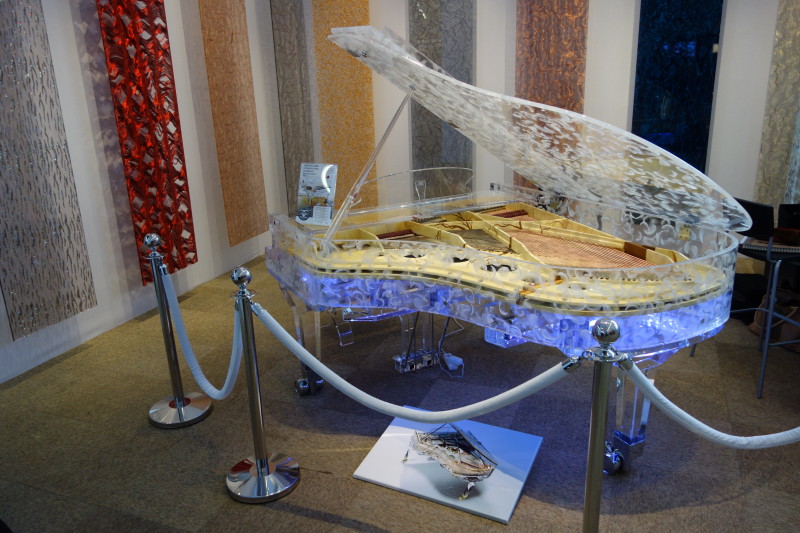
#Clear plastic schimmel piano series#
Refinements in the CX series include materials trickled down from Yamaha’s flagship CFX concert grand, an instrument that underwent nearly two decades of design and development before being launched in 2010. Like the C models, the CX instruments are made in Japan, and are priced and positioned between the lower-cost, basic GB and GC lines and the premium, hand-built CF series. Over the past five decades, the C-series pianos have earned an almost legendary reputation for consistency, durability, and value, and can be found in frequent use in institutions, homes, and even concert halls. Released in 2012, Yamaha’s CX series of grand piano models replaces the established C series, formerly known as the Conservatory Collection. How have their tone, touch, and/or appearance changed? Can the changes be described as evolutionary or revolutionary? My observations follow. With the assistance of the company, I had a chance to do side-by-side comparisons between the new models and their immediate predecessors. In the past two years, model lines have been revised: Yamaha’s C models have been replaced by the CX line.



These pianos have historically offered levels of quality, performance, and value that less well-established or cheaper brands have aspired to match, and are often purchased as less-expensive substitutes for instruments costing twice as much. For a generation of pianists, piano buyers, technicians, and retailers, the mid-level grand pianos made by Yamaha have achieved benchmark status among mass-produced instruments.


 0 kommentar(er)
0 kommentar(er)
